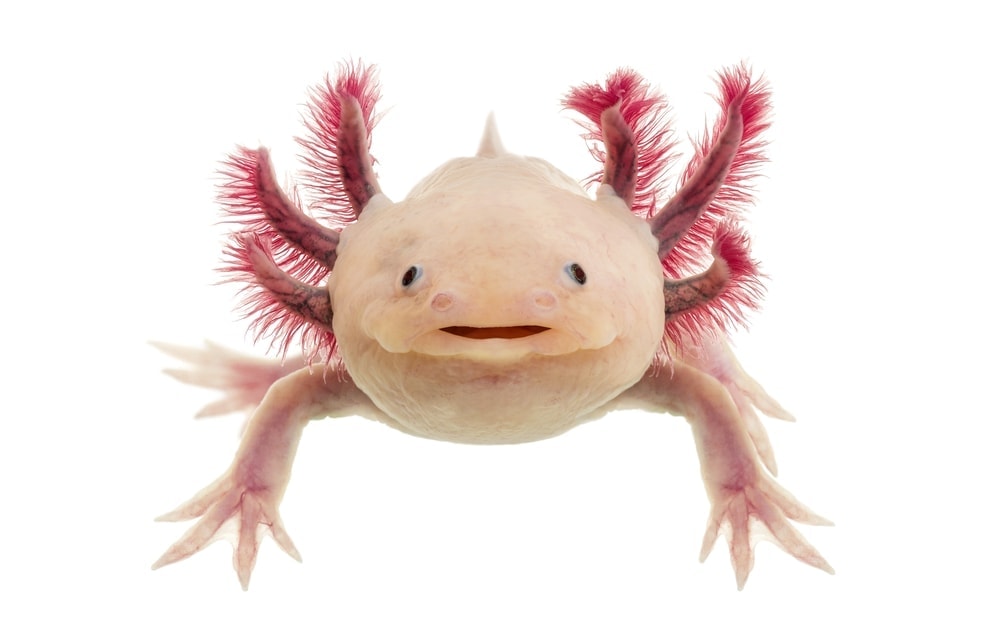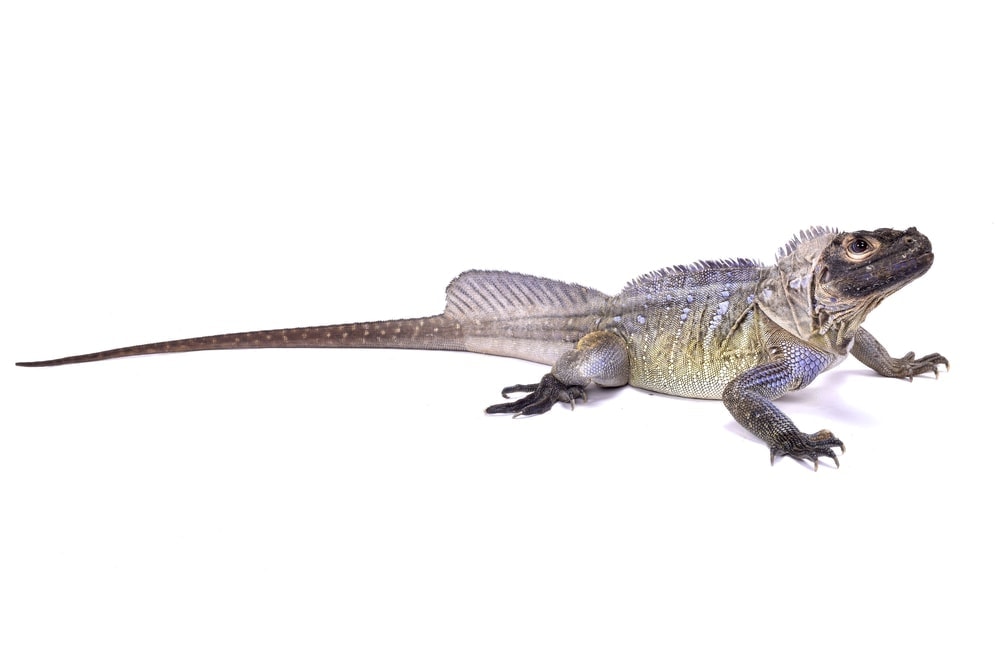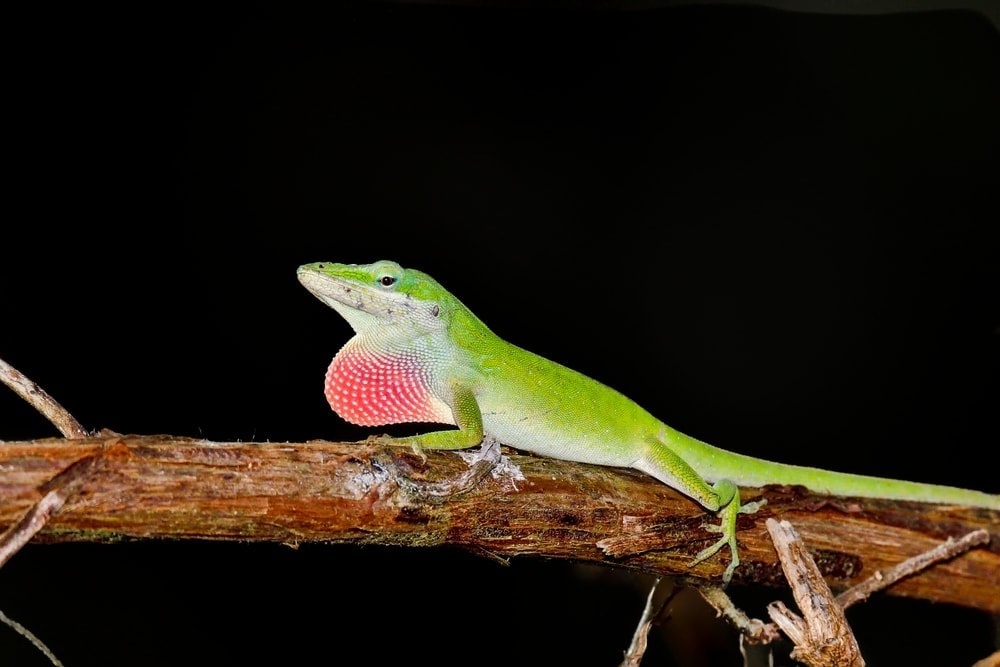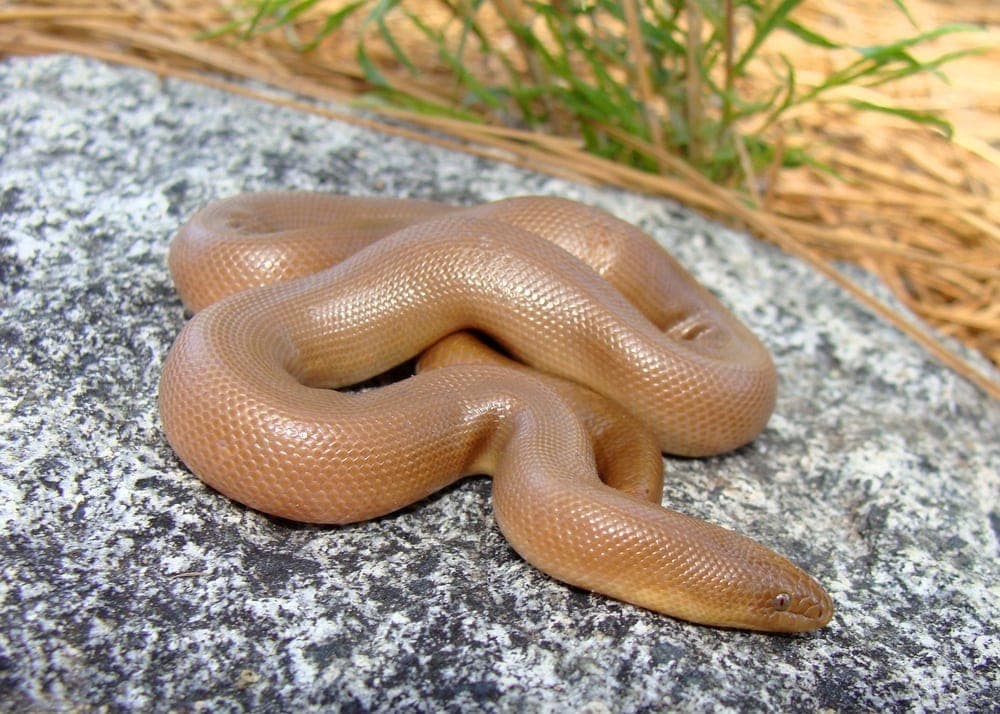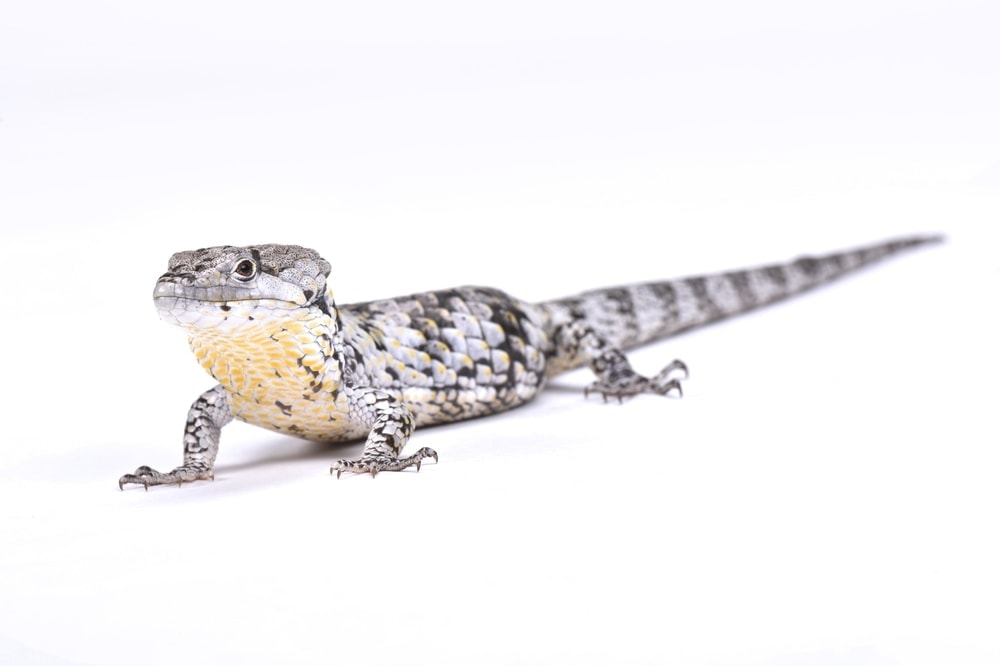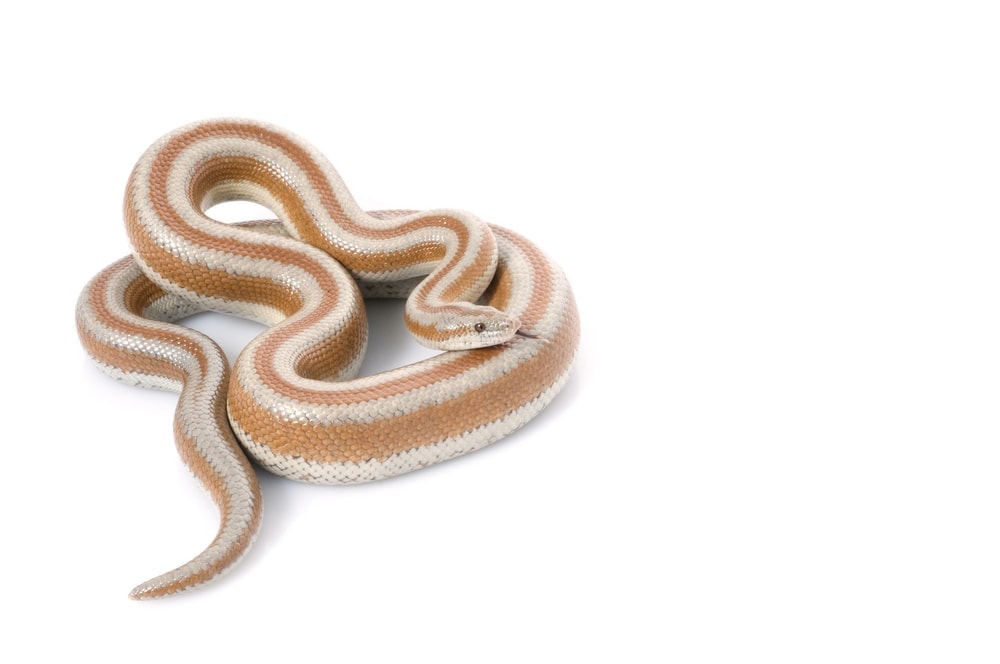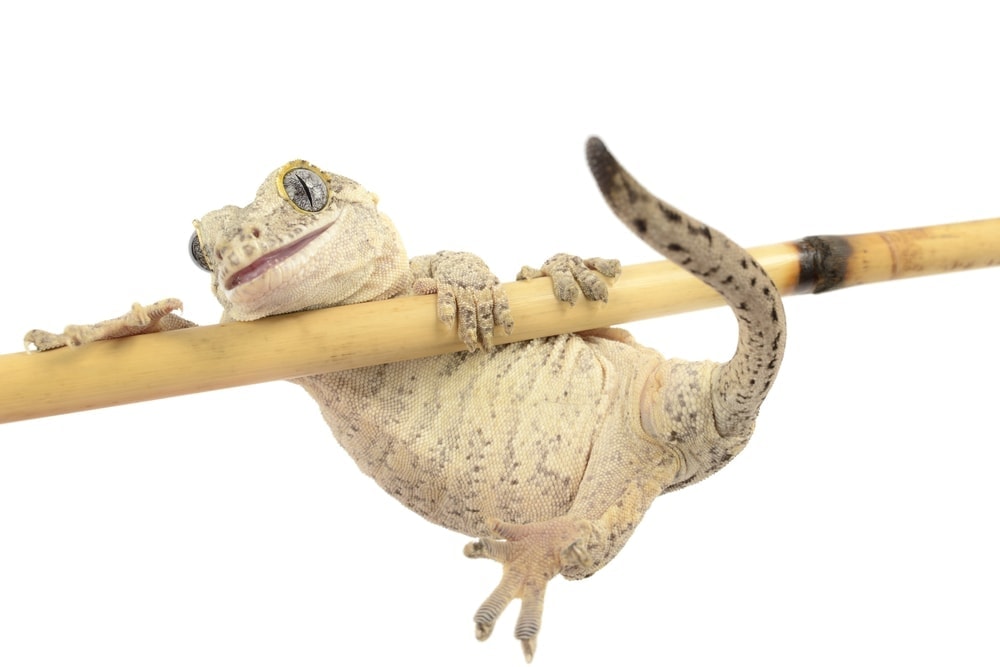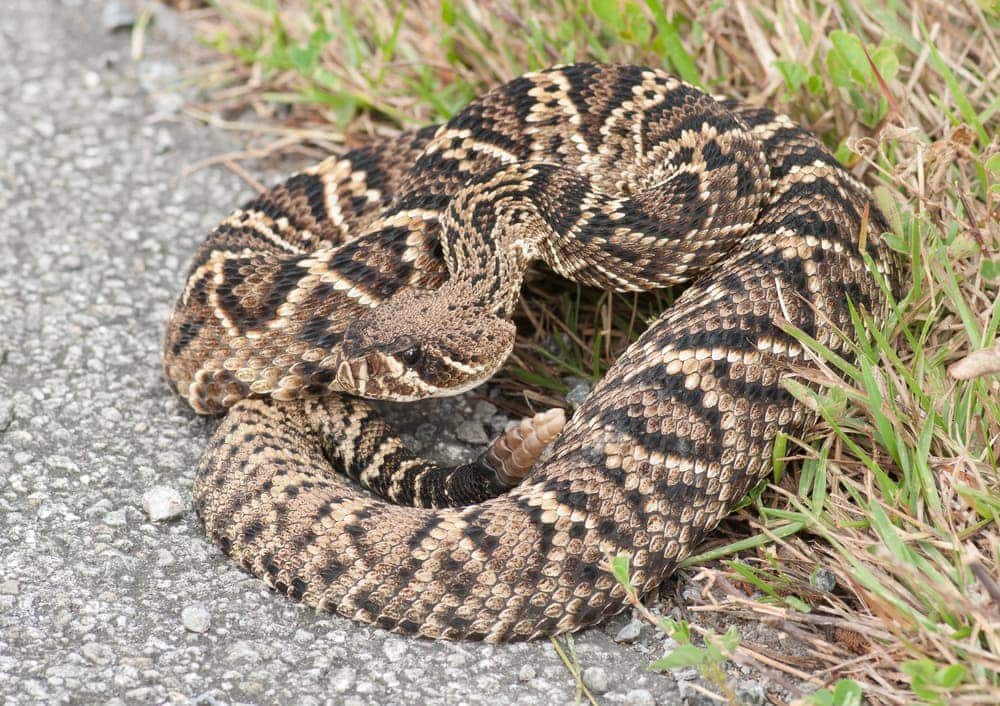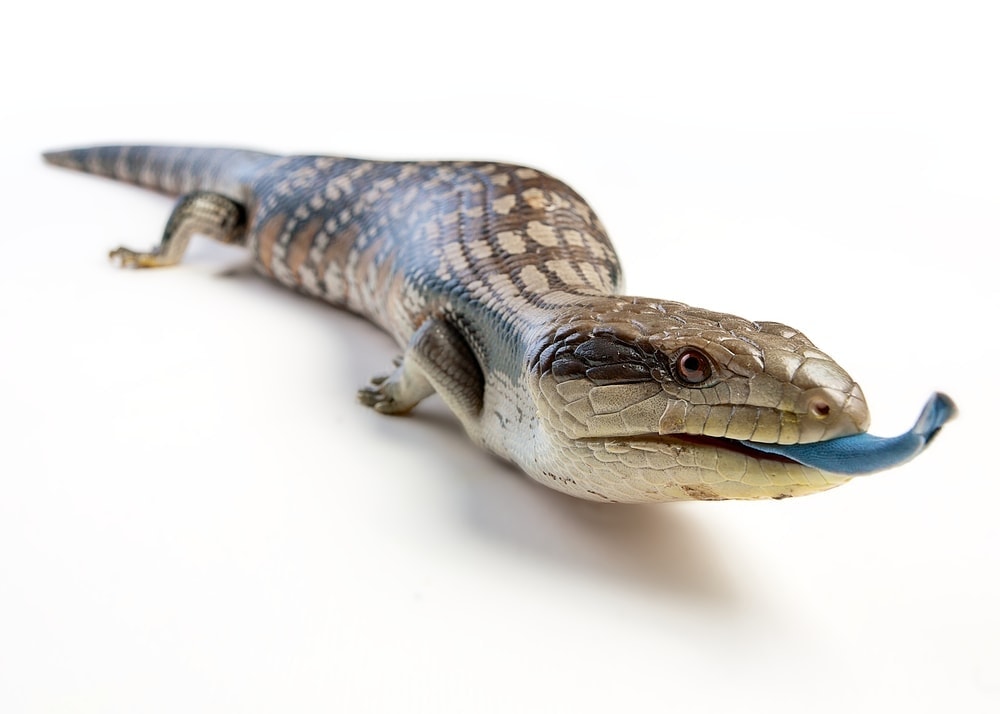Known as the Peter Pan of the animal kingdom, Axolotls never grow up and live in larval or tadpole stage for the rest of their life. Who wouldn’t want to own an Axolotl as a pet with branch-like gills and limbs like a lizard? Also, referred to as the Mexican Walking Fish, it is one of the most exotic and rarest pets to own.
Axolotls are amphibians that are fully aquatic. They are capable of reaching adulthood without metamorphosis.
In rare circumstances they undergo metamorphosis. Their limbs are underdeveloped and they use their gills for respiration. They have a unique feature of regeneration and this quality attracts maximum research.
Their natural habitat is lakes and they are native to Mexico. The mesmerizing colors that they come in, make Axolotls the favorite pet. Here we will see in detail the beautiful color variations of Axolotls.
How many colors of Axolotls are there?
The most common colors for wild axolotls are green, brown, black with shiny gold speckles of iridophore pigments. As well you can find white and golden albino axolotls and ultimately black called melanoid. There are as well scarce ones like copper, green, mosaic, firefly, etc.
There is no fixed number of color variations of this cute creature. The rare and unique color variations of the pet species are the result of genetic engineering, based on the demand.
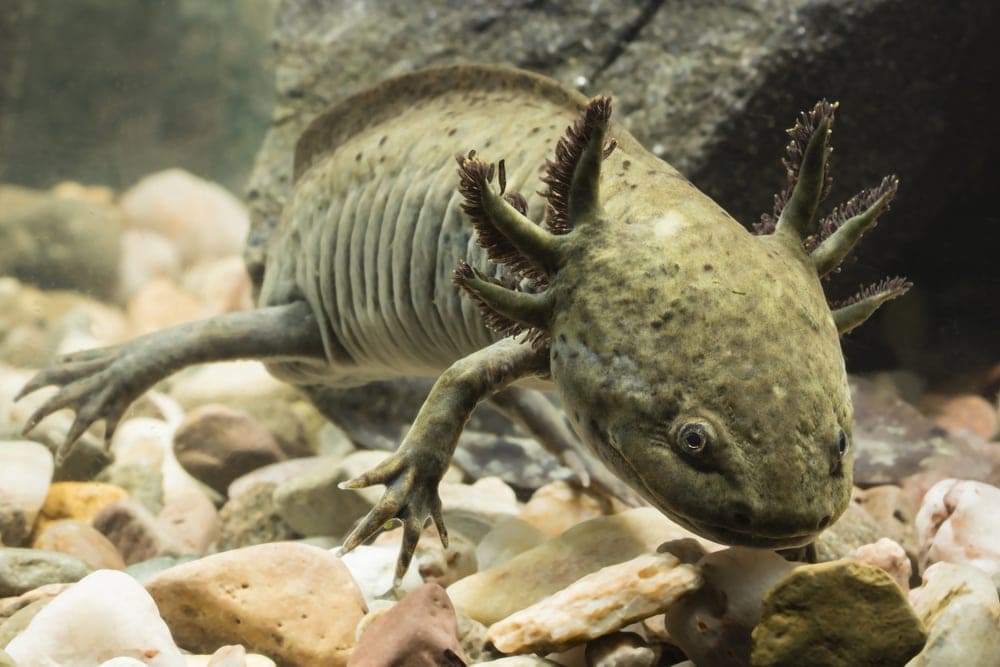
Understanding the genetics
The color variations in axolotls depend on the pigment cells, chromatophores. The 3 different types of chromatophores are responsible for the different colors–
- Melanophores – This chromatophore contains Eumelanin, which gives a black or brown pigmentation
- Xanthophores – This chromatophore contains Carotenoids and Pteridines which is responsible for the yellow and red pigmentation
- Iridophores – This chromatophore contains Crystalized Purines which produces a shiny soap-bubble pigmentation (Iridescence)
- 28 chromosomes (14 pairs) are present in each chromatophore, one from the mother and the other from the father. Genetic crossover creates uncommon Axolotl colors. The chromosomes combine randomly and new axolotls are created from different and unique chromosome combinations. The newly created axolotls can look very different from their parents or siblings due to the unique genetic make-up.
Color variations
These amazing creatures come in various colors and hues. Depending on their availability and the price you are willing to shed, you could also own one of these exquisite pets. We have listed below the basic, uncommon and rare colors of axolotls that are available-
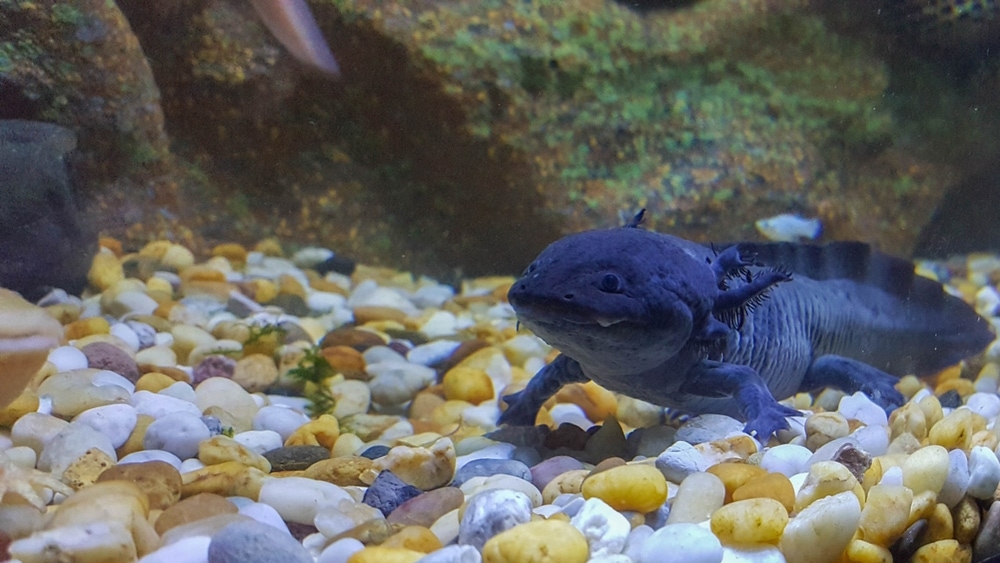
The basic axolotl colors are –
- Wild type – These types of axolotls are not created or bred in captivity. They come in colors of green, brown and black and have shiny gold speckles of iridophore pigments. These axolotls darken over time. This helps them to maintain camouflage underwater and protect them from predators. The shiny speckles all over the body help differentiate the wild type from the melanoid.
- Leucistic – The axolotls have a white body and pink gills. They can be differentiated from Albinos by the color of the eyes. The leucistic axolotls have black eyes whereas the albinos have a clear or red color eye.
- White Albino – These axolotls are completely white, with pinky/red pale eyes. They do not have any color pigment and their gills appear pink because they are clear, and the blood flow is visible.
- Golden Albino – This variation of the albino has a golden yellowish color body. This type of axolotl can be completely white at birth and change color over time. The gills could be the same color as the body or at times they could be red or pink. Their eyes are red but could be transparent too.
- Melanoid – This type of axolotl can be differentiated from the wild type by the absence of speckles and they are completely black.
The uncommon axolotl colors are
- Axolotl Green or Green Fluorescent Protein ( GFP) – These axolotls have a glow in the dark feature which is created by the presence of a special protein in their gene structure. This axolotl has the ability to glow under UV lighting.
- Copper- This is a rare variety of albino. They have red-tinted eyes. They are a light brown or pink color with brown spots. They do not have black pigments, melanophores.
The rare colors are –
- Chimera – Chimerism is when 2 eggs fuse and there is a split down the middle appearance. Here each side grows according to the egg they came from.
- Piebald – The black pigmentation on the body is the characteristic of piebald axolotl. The spots in this type are very thick and bold.
- Mosaic – This is also similar to Chimera, where two cells fuse in development and the axolotl shows the phenotype of both. Though their formation is quite similar to the Chimera axolotl, they are not perfectly split in the middle as in Chimera axolotl. The colors of the Mosaic axolotl could be more merged or mixed. Mosaic axolotls cannot be reproduced through breeding.
- Silver Dalmatian – These axolotls have a color similar to purple and lavender. This speck on the body of this axolotl, similar to the Dalmatian dog has given it this unique name.
- Enigma – The greenish patterns on a dark black body is the characteristic of this type of axolotl. This type of axolotl has been created and bred by an American hobbyist.
- Firefly – This is a unique and very rare type of axolotl. Lloyd Strohl II is the creator of this unique axolotl. He used the method of embryonic graphing to create this axolotl. These are not genetically modified. Some of them have a dark upper body and a tail of lighter color, while others have a light upper body and a dark tail. Some of these varieties have GFP or their tails glow when dark. This variety of axolotl has been specifically created for research purposes and they may not be available after the research.
Now you have all the facts to decide which rare axolotl you want to own. The wild axolotls are critically endangered, but there are several rare ones bred in captivity waiting to charm you!
